Located in the center of the Central Highlands, Dak Lak province currently has 49 ethnic groups living together, including many ethnic minorities from the northern provinces...
...Settling down in their new homeland, the people not only unite and strive to develop the economy and improve their living standards, but also preserve, conserve and promote traditional cultural values. Among them, there are the Thai people in Ea Kiet commune.
In the last days of October, when the cold wind blows through the forest canopy, signaling the end of a season of heavy rice harvest, it is also the time when the Thai people in Ea Kiet commune, Dak Lak province, busily organize the most important and meaningful ceremony of the year: the New Rice Festival, or New Rice Festival (called Chom Khau Mo in Thai).
Mr. Pham Van Dong, a prestigious person in Thai village, shared: The new rice ceremony usually takes place in the middle of the 9th lunar month, when the rice in the fields and on the farm has been harvested. This is not only a simple agricultural ritual but also the soul of the community, a sincere thank you to the land and ancestors after a year of hard work. In particular, the new rice offering ceremony is the sacred part, performed in the most solemn way. The shaman in the village, on behalf of the community, sets up the offering tray with the most quintessential products of the season, especially a bowl of fragrant sticky rice cooked from new rice grains. With sincerity, the shaman prays in ancient Thai to thank the gods and ancestors for blessing favorable weather, lush fields, and bountiful crops. The prayer contains gratitude to heaven and earth and the desire for a prosperous and fulfilling life. That is the morality of "drinking water, remembering its source" that is deeply ingrained in the consciousness of the Thai people. Although they left their homeland Nghe An to make a living in the Central Highlands more than 30 years ago, the Thai people still preserve and promote the traditional values of their people in their new homeland.
When the ceremony ended, the space of the ceremony became vibrant with the bustling, jubilant sounds of the guild, where solidarity and joy of a good harvest were most clearly expressed. The festival space echoed with a unique harmony carrying the breath of the mountains and forests and the power of labor. That was the sound of "Quanh loong" (also known as "quò bịch") - the sound of the rice pounding pestle of young men and women. Mixed with that was the sound of Thai gongs (including 3 gongs and 1 gong) along with the rhythm of the bamboo dance or the Thai Xoe dance circle, which is considered the soul of the festival. The Xoe circle symbolizes solidarity and attachment when everyone, regardless of age, gender, host or guest, holds hands and dances happily and in solidarity.
The festival is also an opportunity for Thai boys and girls to show their strength and dexterity through traditional folk games, such as: Crossbow shooting, stone fighting, top fighting, con throwing..., games with deep spiritual meaning. At the end of the festival, everyone gathers around the traditional tray to enjoy typical dishes, taste the sweet, fragrant taste of new rice, the result of a year of hard work. The intimate meal also shows solidarity, attachment, strengthens the village relationship, shares the joy of prosperity and together wishes for a more successful new crop. Vice Chairman of the People's Committee of Ea Kiet Commune Nguyen Thanh Binh said: "The new rice festival of the Thai ethnic group is an annual traditional festival in the area. Here, people have fun together, review traditions; help people bond and unite. From there, we strive to preserve, maintain and promote the traditional cultural values of ethnic groups, associated with economic and social development, improving the material and spiritual life of the people."
The new rice ceremony of the Thai people in Ea Kiet commune is not only an agricultural ritual but also a meaningful community cultural activity that helps connect generations, preserve the national soul in the Central Highlands, and contribute to enriching the colorful cultural picture of the ethnic groups in Dak Lak province.
Source: https://baolamdong.vn/le-an-com-moi-cua-nguoi-thai-giua-dai-ngan-402620.html






![[Photo] Deep sea sand deposits, ancient wooden ship An Bang faces the risk of being buried again](https://vphoto.vietnam.vn/thumb/1200x675/vietnam/resource/IMAGE/2025/11/13/1763033175715_ndo_br_thuyen-1-jpg.webp)



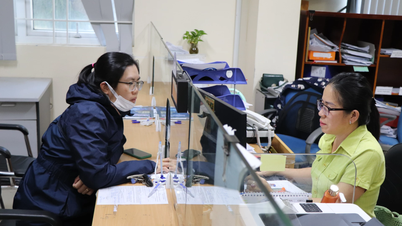
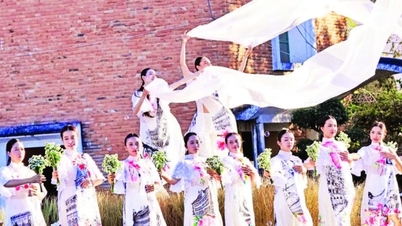








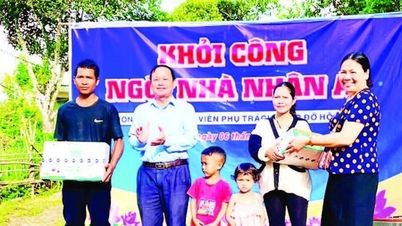
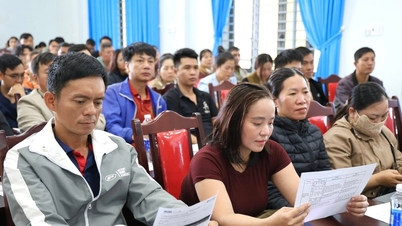
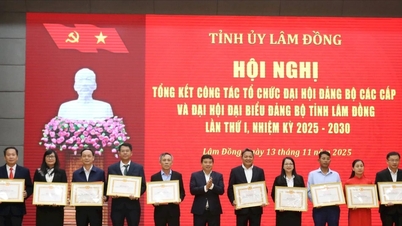


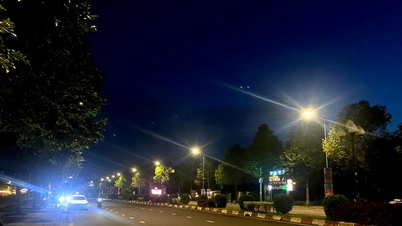




































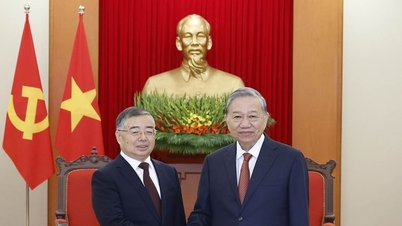
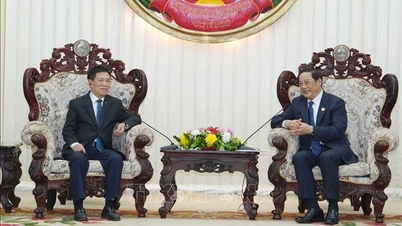


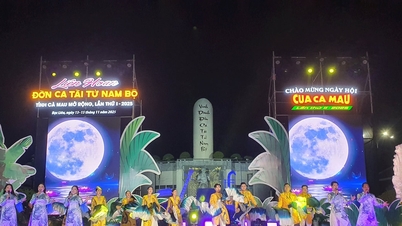







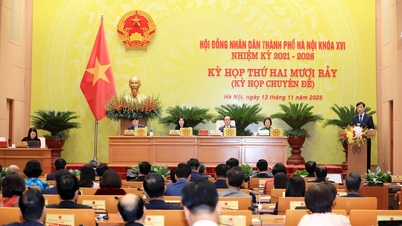


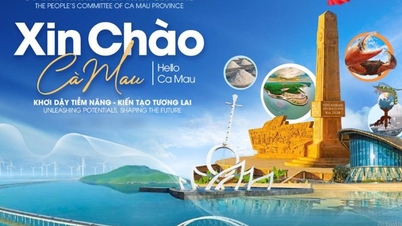
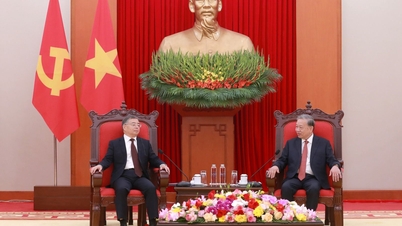



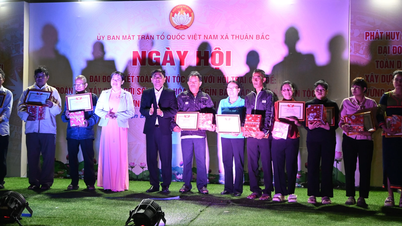






![Dong Nai OCOP transition: [Article 3] Linking tourism with OCOP product consumption](https://vphoto.vietnam.vn/thumb/402x226/vietnam/resource/IMAGE/2025/11/10/1762739199309_1324-2740-7_n-162543_981.jpeg)







Comment (0)